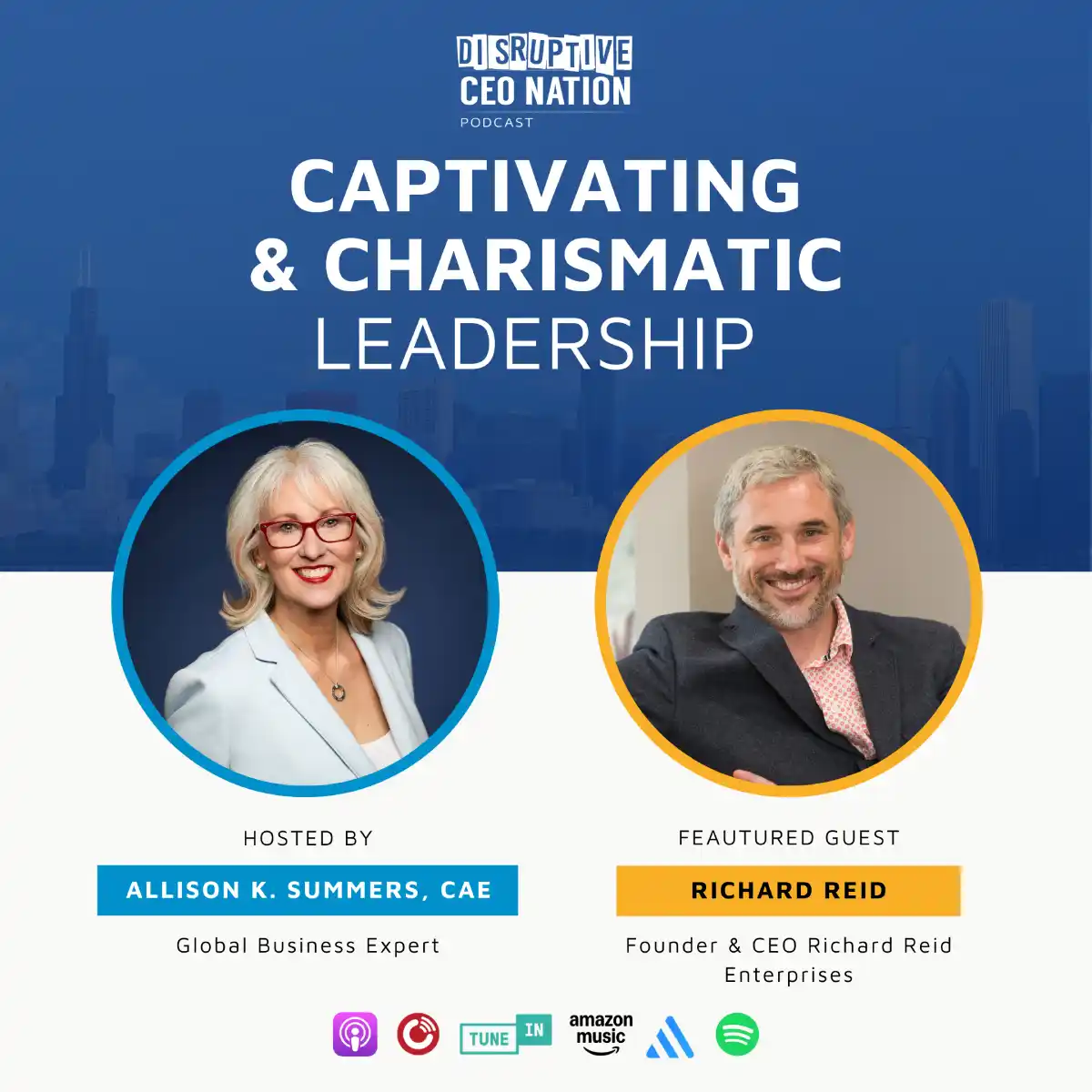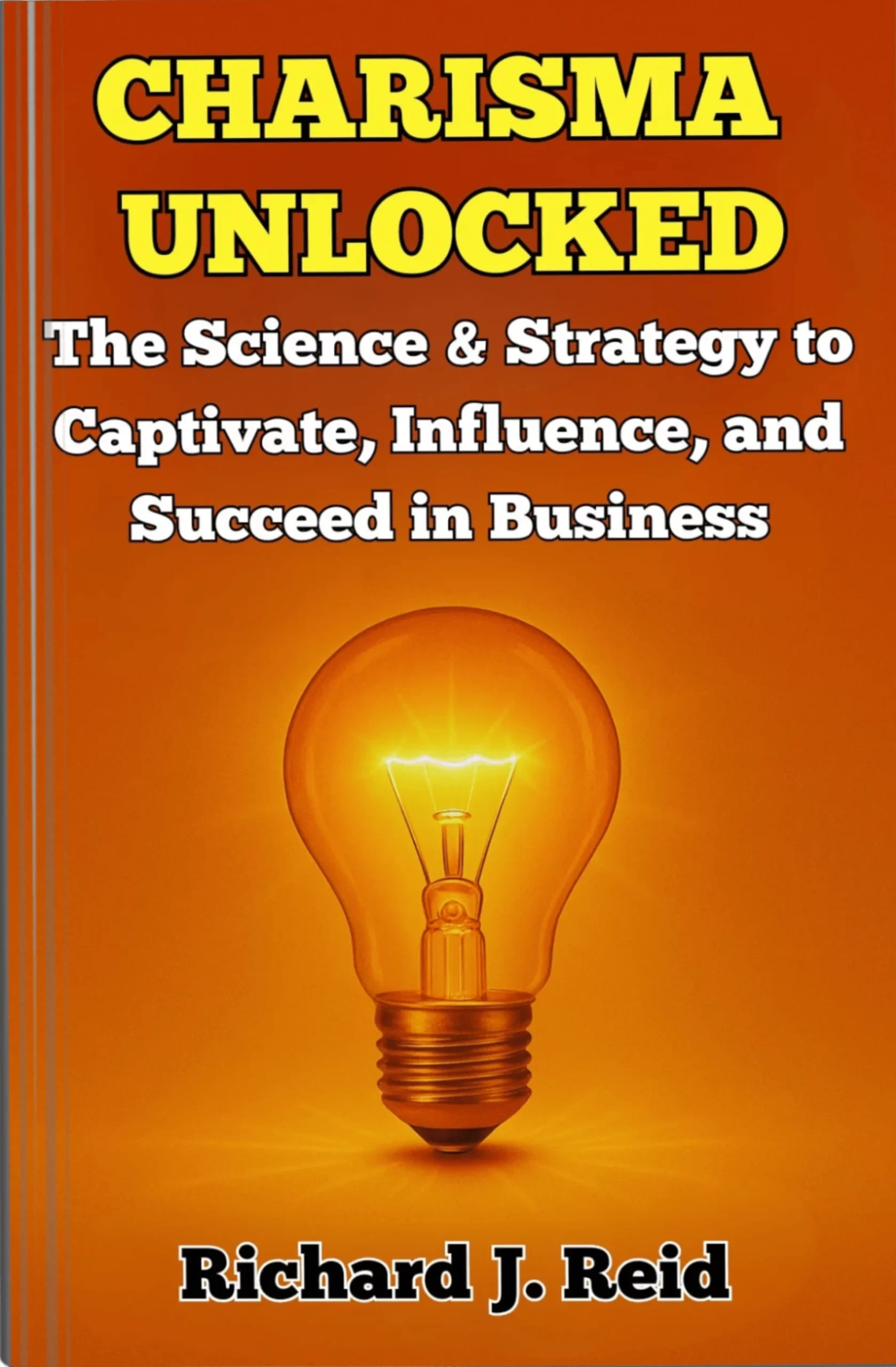Driving Long-Term Success through Vision, Collaboration, and Strategic Direction
Abstract
Organisational leadership is critical in shaping the business strategy for sustainable growth. Effective leaders steer their organisations with purpose, adaptability, and a clear long-term vision in an era defined by fast-paced change, unpredictable challenges, and shifting market dynamics. By aligning leadership practices with a robust business strategy, organisations can foster resilience, drive innovation, and achieve growth that is not only profitable but also sustainable.
This whitepaper explores the intersection of organisational leadership and business strategy. It highlights leadership principles, strategic frameworks, and actionable insights designed to equip businesses with the tools to achieve enduring success in competitive and uncertain environments.
Introduction
Sustainable growth is no longer simply about expanding profit margins—it involves creating value for stakeholders, building resilience in the face of disruption, and ensuring long-term environmental and social impact. This requires businesses to move beyond short-term objectives and embed sustainability principles into their core strategy and operations.
At the heart of this shift lies effective organisational leadership. Strong leaders understand the need to craft business strategies that embrace flexibility, innovation, and collaboration while remaining aligned with their organisation’s values and long-term goals. When leadership is linked to a clear business strategy, organisations can position themselves for success in an increasingly complex world.
This whitepaper explores how organisational leadership and business strategy work together to create sustainable growth, empowering leaders with actionable steps to apply these principles effectively.
Organisational Leadership: The Catalyst for Sustainable Growth
Organisational leadership is the ability to guide and align individuals, teams, and resources toward achieving shared goals. Leaders influence organisational performance, culture, innovation, and long-term strategy.
Key Characteristics of Effective Organisational Leadership:
1. Visionary Thinking: Leaders must establish an inspiring long-term vision that motivates teams and aligns with the organisation’s values.
2. Strategic Decision-Making: Strong leaders evaluate risks and opportunities before making decisions that balance short-term and long-term considerations.
3. Empathy and Collaboration: Building trust and relationships across all levels of the organisation fosters teamwork, innovation, and employee satisfaction.
4. Adaptability: Leaders must anticipate industry shifts and adjust strategies to navigate uncertainty successfully.
5. Sustainability Orientation: Modern leaders must ensure business operations integrate environmental and social sustainability into decision-making.
Through these traits, leaders build the foundation for sustainable business growth.
The Role of Business Strategy in Driving Sustainable Growth
A robust business strategy ensures that decisions and actions align with the organisation’s long-term vision and values. Sustainable growth is achieved when strategies focus on financial performance, building resilience, strengthening agility, and driving ethical practices that positively impact the wider community.
Principles of a Sustainable Business Strategy:
1. Long-Term Value Creation: Prioritising decisions that drive profitability while ensuring environmental and social accountability.
2. Risk Resilience: Proactively identifying challenges and mitigating risks with contingency planning.
3. Innovation for Growth: Leveraging innovation to optimise processes, improve products, and address future market needs.
4. Stakeholder Engagement: Building trust through transparent communication and inclusivity with employees, customers, investors, and communities.
5. Scalability and Agility: Developing scalable processes that adapt to future challenges or opportunities without sacrificing operational integrity.
A sustainable business strategy provides a framework for leaders to implement changes, galvanise teams, and ensure the organisation remains competitive well into the future.
Aligning Organisational Leadership with Sustainable Strategy
For businesses to achieve lasting growth, there must be synergy between organisational leadership and the core business strategy. Here, leaders act as catalysts who translate strategic goals into actionable priorities and communicate them across all teams and departments.
Steps to Align Leadership with Business Strategy:
1. Define a Clear Vision for Long-Term Success
Leadership starts by articulating a vision that outlines where the business is heading and why sustainable growth is essential.
Key Actions:
– Develop a purpose-driven mission statement linking business goals to financial and social impact.
– Use storytelling to communicate the vision to teams in a way that inspires belief and alignment.
– Continuously align objectives with business values and evolving market demands.
Example:
Unilever’s CEO positioned the company as a leader in sustainability by embedding goals such as reducing its environmental footprint into its growth strategy and achieving both financial success and positive social impact.
2. Foster a Culture of Collaboration and Innovation
A collaborative, innovation-centric culture empowers employees to contribute ideas and solutions to sustainable growth challenges. Leaders must demonstrate openness and inclusivity while creating an environment that fosters creativity.
Key Actions:
– Invest in employee training programmes to upskill teams and build resilience.
– Create cross-functional teams dedicated to innovation and exploring new market opportunities.
– Reward innovative thinking and contributions from employees at all levels.
Example:
Google’s leadership implemented “20% time,” allowing employees to dedicate part of their schedules to passion projects. This strategic move resulted in developing several successful products, such as Gmail, while fostering an innovation-driven culture.
3. Build Resilience into Strategic Planning
Given the volatility of modern markets, leaders must ensure that long-term strategic plans are flexible enough to withstand economic instability, shifts in demand, and other crises.
Key Actions:
– Conduct thorough risk assessments to identify vulnerabilities across operations, supply chains, and technology.
– Use scenario planning to develop alternative strategies for potential disruptions.
– Establish real-time data analytics systems to monitor and adapt to changing conditions.
Example:
Tesla adopted vertical integration as part of its strategy for supply chain resilience. This ensures control over key materials like lithium for battery production while reducing the impact of external disruptions.
4. Engage Stakeholders Transparently
Empowering employees and engaging with customers, investors, and community stakeholders builds trust, loyalty, and idea flow—key components of a sustainable strategy.
Key Actions:
– Develop stakeholder dashboards to communicate progress on financial and sustainability goals.
– Create regular feedback channels, such as ESG (Environmental, Social, and Governance) reporting or leadership town halls.
– Focus on diversity, equity, and inclusion (DEI) to ensure stakeholder alignment with organisational values.
Example:
Patagonia regularly shares its environmental impact in annual reports, demonstrating transparency that resonates with eco-conscious consumers and reinforces its leadership in sustainable business practices.
5. Emphasise Measurable Outcomes
The efforts to link organisational leadership to business sustainability must be data-driven, ensuring that strategies are optimised for maximum impact.
Key Actions:
– Set quantifiable key performance indicators (KPIs) to track financial and sustainability goals (e.g., carbon reduction and employee well-being).
– Use regular strategy reviews to assess progress and pivot when necessary.
– Publish measurable outcomes in reports to showcase accountability.
Example:
Microsoft’s leadership tracks sustainability KPIs, such as becoming carbon neutral by 2030, and integrates these goals into its long-term business strategy to retain stakeholder trust.
Challenges in Leadership-Driven Sustainable Growth
Achieving sustainable growth is not without its challenges. Leaders must address these issues to unlock the true potential of their strategies.
Key Challenges and Solutions:
1. Short-Term Pressures
Balancing quarterly financial performance with long-term sustainability goals can be difficult.
Solution: Adopt integrated reporting that demonstrates how sustainability initiatives bolster profitability.
2. Resistance to Change
Employees or stakeholders may push back on significant changes.
Solution: Use effective change management techniques, including transparent communication and employee involvement, to minimise resistance.
3. Alignment Across Teams
Gaps between leadership, operations, and frontline employees can dilute strategic efforts.
Solution: Foster alignment through clear messaging, ongoing training, and shared accountability systems.
Case Studies
Case Study 1: Leadership for Long-Term Impact (Unilever)
Unilever integrated sustainability into its business strategy by committing to reduce waste and improve supply chain transparency. Strong leadership from top executives aligned sustainability goals with profitability, leading to consistent growth in both revenue and reputation.
Case Study 2: Building Resilience through Leadership (LEGO Group)
LEGO embraced sustainability by committing to produce all core products using sustainable materials by 2030. Leadership’s role in innovation, collaboration with suppliers, and strategic vision have allowed LEGO to stay at the forefront of the toy industry.
The Future of Organisational Leadership and Sustainable Growth
As industries evolve, leaders must innovate to align business ambitions and sustainability. Future leadership priorities include:
1. Technology-Driven Decisions: Using artificial intelligence and analytics to optimise sustainability strategies.
2. Circular Economy Models: Crafting strategies that promote recycling, waste reduction, and supply chain efficiency.
3. Global Collaboration: Partnering with governments and NGOs to tackle global challenges cooperatively.
Conclusion
Organisational leadership is critical in designing and delivering business strategies for sustainable growth. By focusing on innovation, collaboration, stakeholder engagement, and resilience, leaders can ensure their organisations not only weather challenges but thrive in a competitive, ever-changing marketplace.
Strong leadership and strategic alignment are the cornerstones of building businesses that create long-term value for all stakeholders—not just today but in the future.










